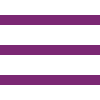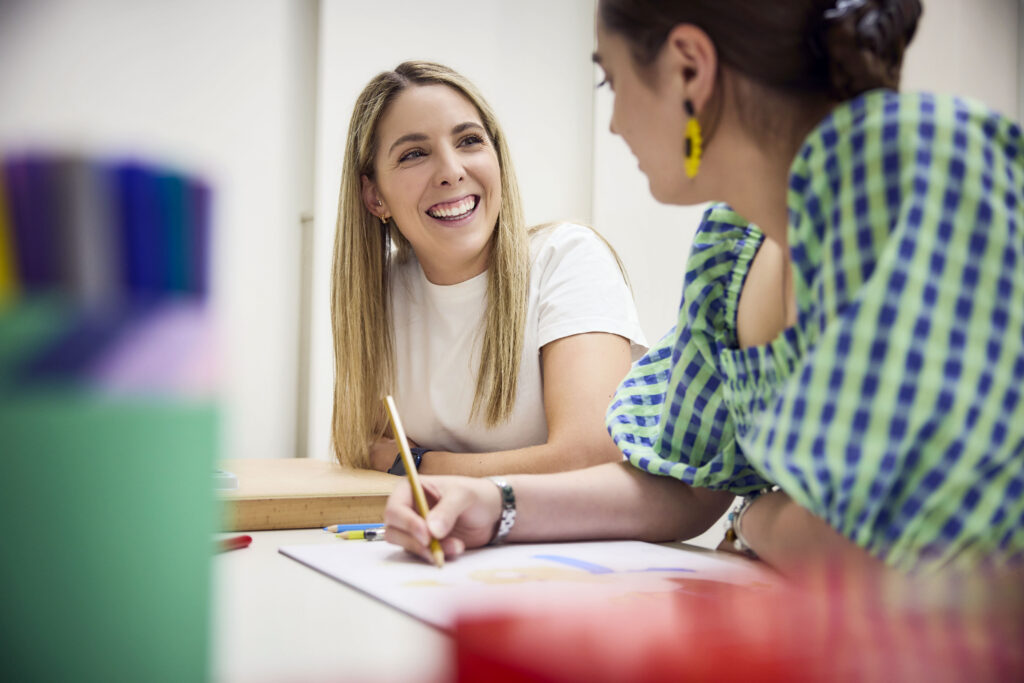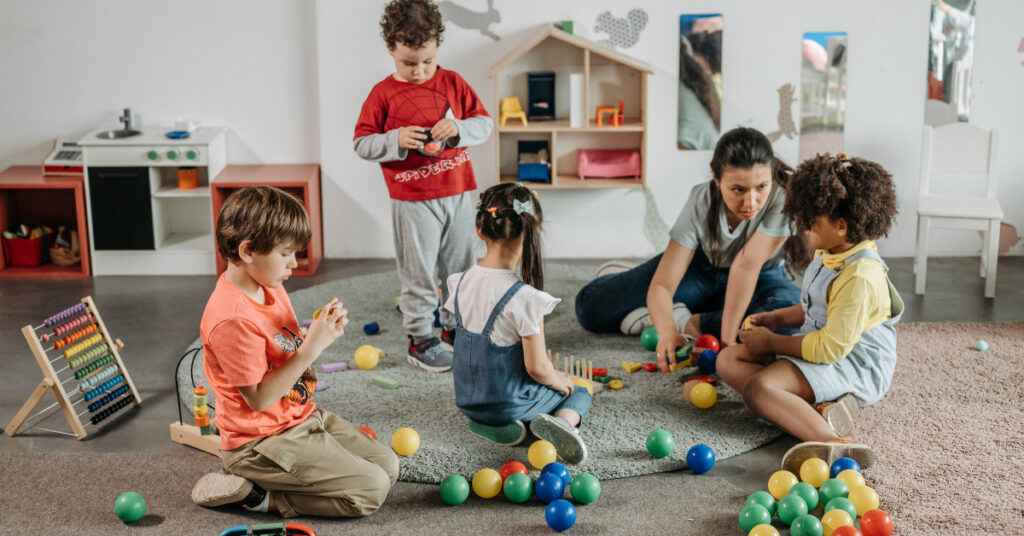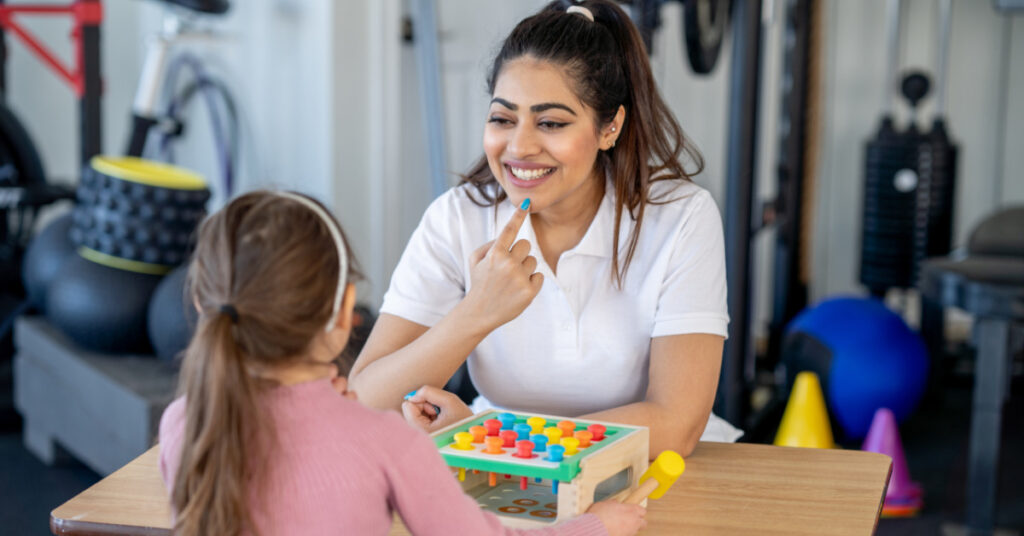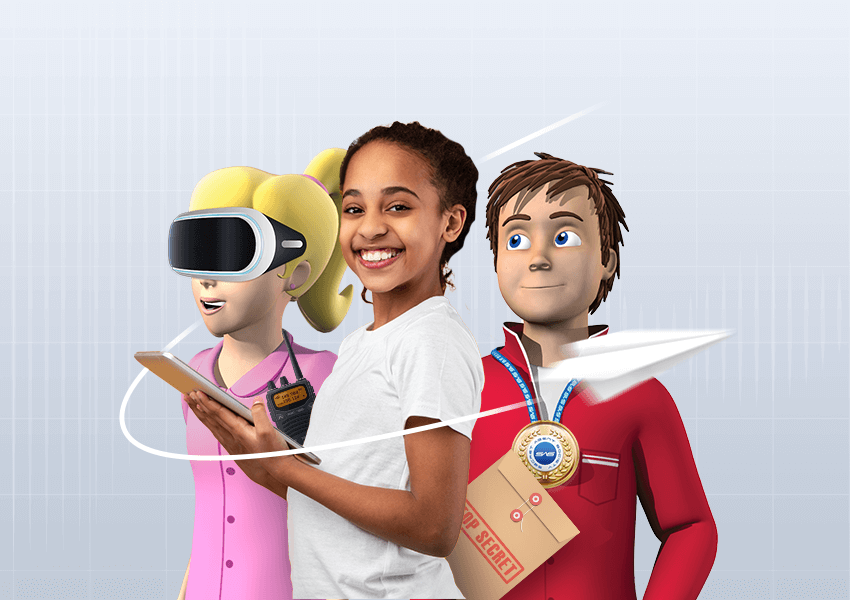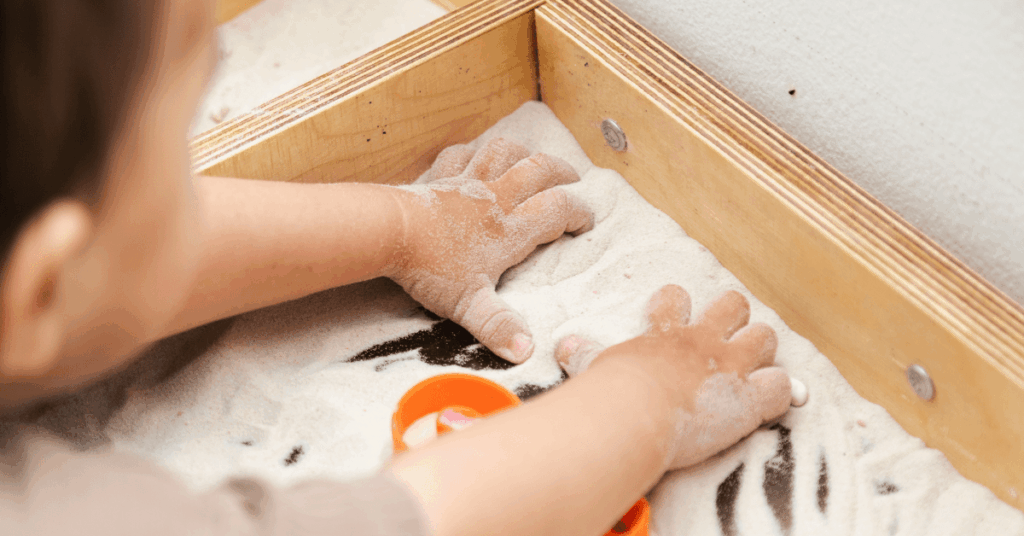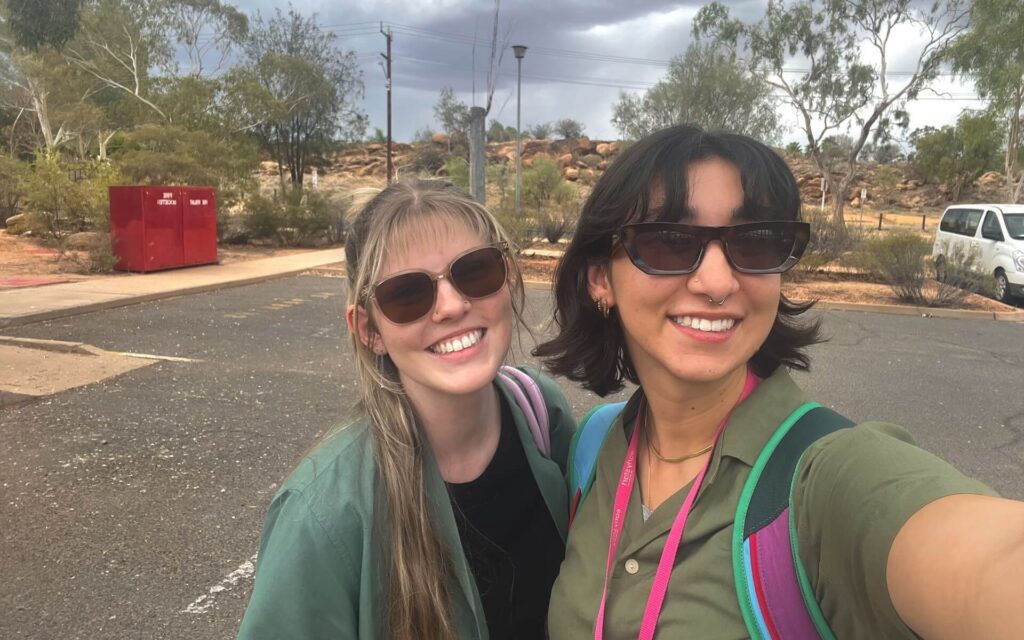The colourful world of growth: how drawing benefits toddler development
In the early stages of childhood, every experience and interaction plays a crucial role in shaping a child’s development.
Among these experiences, art, particularly drawing, stands out as a powerful tool.
The benefits of drawing for toddlers are numerous,, influencing various aspects of their growth.
In this blog, we explore how this simple yet profound activity can significantly impact a child’s developmental journey.
Why is drawing important for toddlers?
Drawing is not just an activity, it’s a vital part of early learning
It allows toddlers to express themselves, understand the world, and develop essential skills.
Through drawing, they learn to communicate, problem-solve, and think creatively, laying a strong foundation for their future learning and growth.
The benefits of drawing for toddlers include cognitive development, emotional and social development, physical development and vocabulary enhancement which we discuss in detail below
The cognitive advantages
Enhancing thinking and problem-solving skills
Drawing is more than just a fun activity; it’s a brain-boosting exercise.
The benefits of drawing for toddlers in cognitive development are remarkable.
As they draw, toddlers engage in problem-solving and critical thinking.
They learn to make decisions about what to create and how to express their ideas.
This process enhances their cognitive flexibility, allowing them to think in diverse and creative ways.
Developing attention span and focus
Drawing also plays a crucial role in developing a toddler’s attention span.
Engaging in art requires focus and concentration, gradually extending the time they can spend on a single task.
This improved attention span is essential for learning and formalised schooling.
Emotional and social development
Emotional release and expression
The benefits of drawing for toddlers extends into their emotional and social realms.
Through art, toddlers express emotions that they might not yet have the words for.
This expression is crucial for emotional development and helps in understanding and regulating emotions.
Socially, drawing together with peers or family members helps in developing social skills like sharing, taking turns, and appreciating others’ work.
Building social skills
Drawing with peers or family members fosters social skills like sharing, taking turns, and appreciating others’ work.
It’s a collaborative activity that can enhance empathy and understanding.
Physical development skills
Fine motor skills and hand-eye coordination
The development of fine motor skills and hand-eye coordination is one of the most significant benefits of drawing for toddlers.
These skills, which involve the coordination of small muscle movements in the hands and fingers with the eyes, are essential for a child’s overall development and independence.
When toddlers grasp and manoeuvre a crayon or a paintbrush, they are doing more than just making marks on paper.
They are engaging in activities that require them to synchronise their visual perception with precise hand movements.
This synchronisation is what we refer to as hand-eye coordination.
The importance of developing this skill early cannot be overstated, as it lays the groundwork for a wide range of essential activities in later life.
Hand-eye coordination is fundamental for everyday tasks such as feeding oneself, buttoning a shirt, or tying shoelaces.
As children grow, these skills become even more crucial.
Improving visual perception
Drawing plays a crucial role in enhancing visual perception among toddlers.
As they engage in this activity, they are not only creating images but also fine-tuning their ability to interpret and understand visual information.
This skill is foundational for numerous aspects of learning and everyday life, including reading, writing, and navigating their environment.
When toddlers draw, they begin to understand spatial relationships.
They learn concepts such as size, distance, and how objects relate to each other in space.
This understanding is vital for tasks like organising their toys, avoiding obstacles while moving, and later, for skills such as assembling puzzles or building with blocks.
Language skills and vocabulary enhancement
From mark-making to words
Through drawing, toddlers expand their vocabulary and language skills in a unique and impactful way.
This development begins with simple mark-making that gradually evolves into more complex forms and ideas.
As toddlers create these visual representations, they often feel compelled to talk about them, even in the simplest of terms.
This desire to communicate about their art provides an excellent opportunity for language development.
When a toddler shows their drawing to a caregiver or teacher, it often sparks a conversation.
Questions like ‘what have you drawn?’ or ‘tell me about your picture’ encourage the child to put their thoughts into words.
This process is invaluable for language acquisition.
Fostering creativity and imagination
Unlocking the doors of creativity
Perhaps the most magical benefit of drawing for toddlers is the way it opens doors to creativity and imagination.
Art encourages them to think outside the box, to envision a world beyond the ordinary.
This kind of imaginative play not only provides a source of enjoyment but also lays the groundwork for innovative thinking skills in the future.
Drawing as a tool for children with developmental challenges
Drawing can be especially transformative for toddlers with developmental issues.
Let’s consider the scenario of Emma, a four-year-old with a speech delay.
Emma’s parents introduced her to drawing as a means of communication and self-expression.
Through her artwork, Emma began to express her thoughts and emotions, which she struggled to communicate verbally.
The act of drawing provided a non-verbal outlet for her, reducing frustrations arising from her inability to communicate verbally.
As Emma continued to draw, her parents and therapists noticed improvements in her fine motor skills and hand-eye coordination.
The process of holding crayons and controlling her strokes on paper helped in developing these skills, which are essential for writing and other daily tasks.
Eventually, drawing sessions became a therapeutic space for Emma.
They were moments where she could freely express herself without the pressure of having to speak.
Her drawings became a starting point for conversations with her therapist, helping in building her language skills indirectly.
The colours and shapes she used in her drawings also gave insights into her emotional state, guiding her therapist in providing the right support.
Emma’s interaction with her peers during group drawing activities also witnessed a positive change.
These group sessions helped her in developing social skills like sharing, taking turns, and participating in a group setting.
The appreciation she received from others for her drawings boosted her self-esteem and confidence.
In Emma’s case, drawing became more than just an activity, it was a critical tool in her developmental journey.
It provided a medium for her to bridge her communication gaps, develop essential skills, and express her inner world in a way that words could not.
The benefits of drawing for toddlers are vast and impactful.
As they scribble, make marks, sketch, and colour, they are not just creating art; they are sculpting their cognitive, emotional, social, and physical skills.
Encouraging a child to draw is to gift them and a canvas for growth and development.


